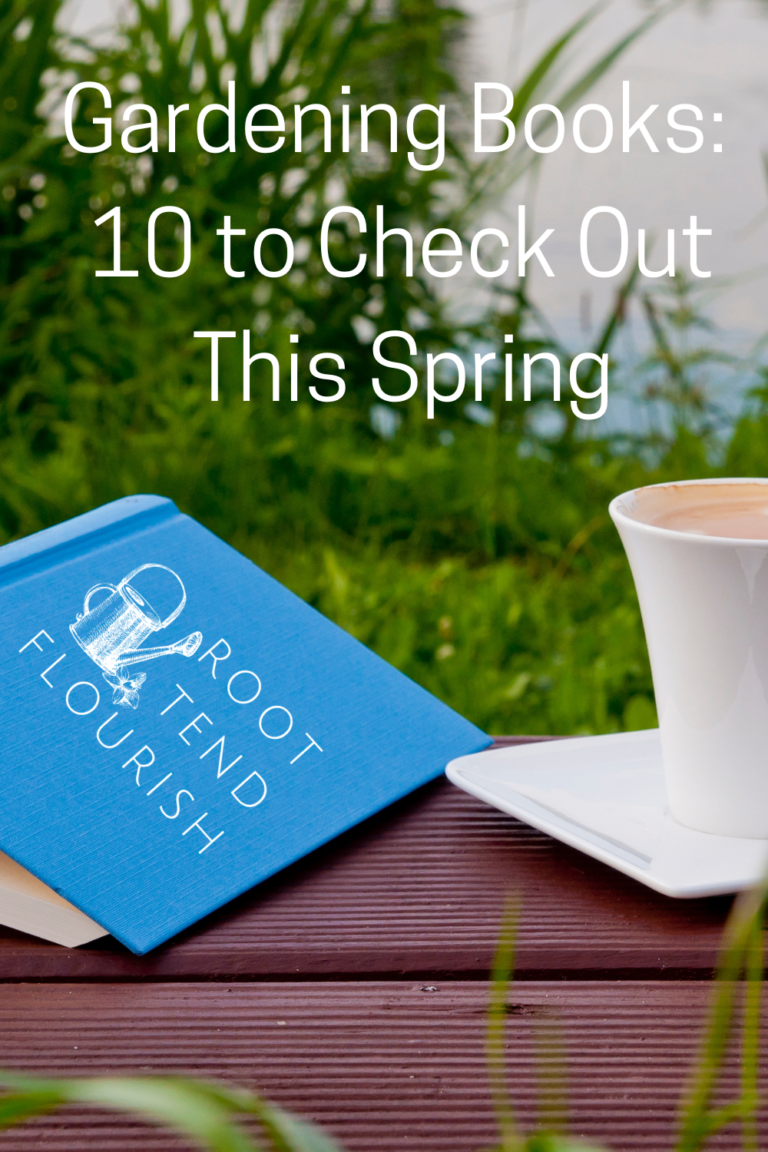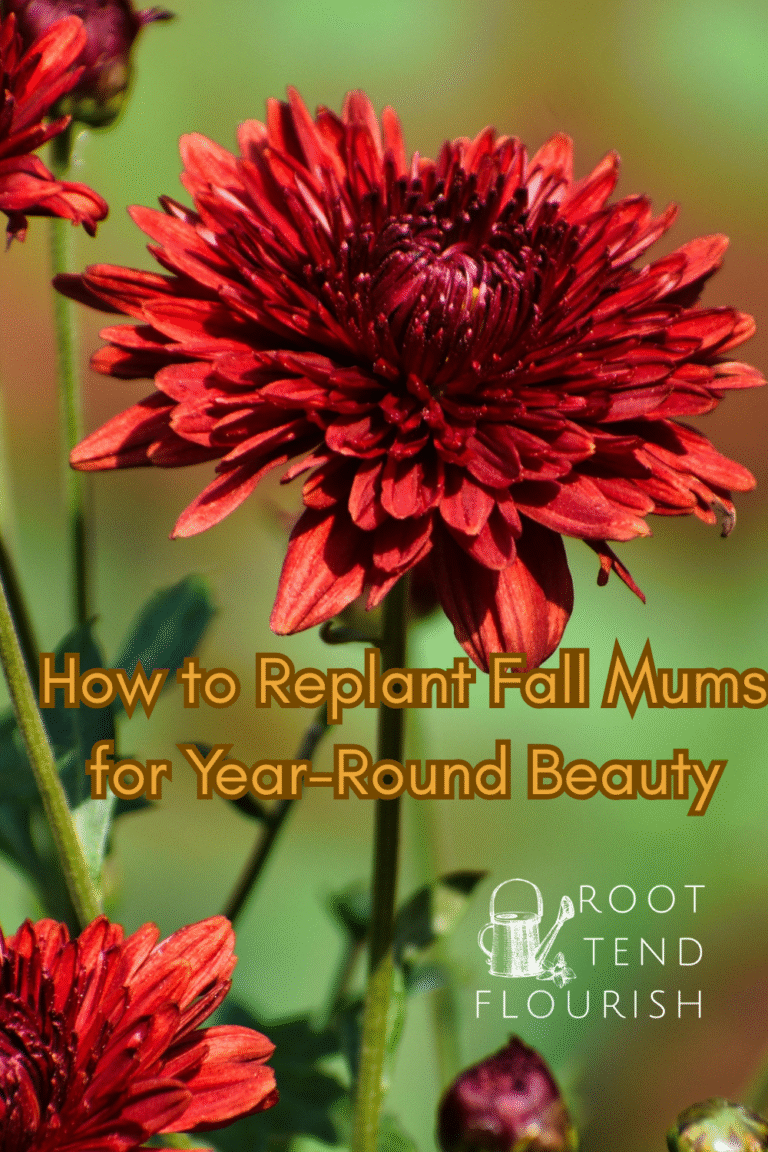Part 2: How to Site Your New Garden
How to Plan a Garden for Beginners Part 2
As we discussed last time, planning a garden for beginners doesn’t need to be overwhelming or difficult. With a little forethought and consideration of where to site a garden, you’ll be well on your way to harvesting those ripe tomatoes or cut flowers for a beautiful bouquet.
Now that you’ve considered some basic gardening questions we covered in Part 1, it’s time to think through where a garden could go. There are several factors that play into where to site a garden. Some of the most important include sunlight, soil type, the amount of space you have and reasonable access to water. Let’s dive into each of these a little further.
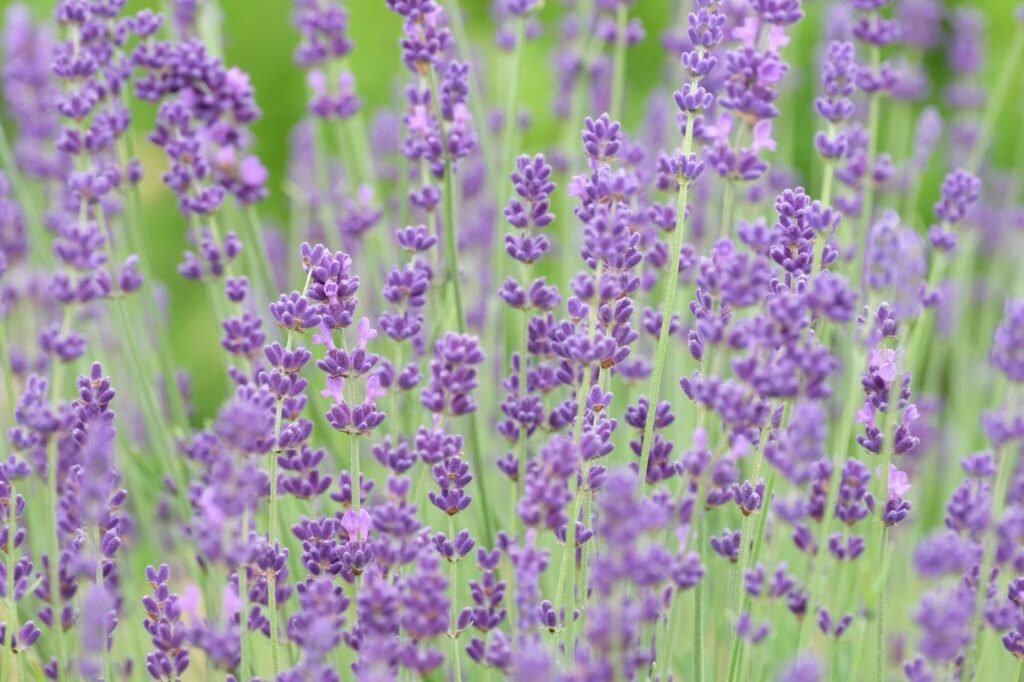
Sun in Your Garden Site
First, let’s talk about sunlight. This can have a large impact on what you can grow and how well things do. Consider the sunniest spots of your property and if they would work for the type of garden you’re looking to plant. Most edibles need a minimum of 6 hours of direct sunlight to produce a decent crop. Anything less than that will result in slower growth and reduced food production. So if you’re interested in growing vegetables, herbs and fruiting trees and shrubs you’ll need a sunny spot to do so.
On the flip side, some plants do benefit from a bit of shade, such as certain perennials and annuals, tender greens, and lettuces. Those can be a bit more flexible with location. Plant tags will tell you what light is required. If it’s not obvious where a sunny grow spot would be, try making a sun map.
Site a Garden: Sun Map
Make a simple sketch of your yard, noting any major trees and structures. On a day that you’re committed to being home, track the sun every 2 hours. Note on the sketch where it is shining in your yard at that time. Color in the areas that are sunny for 4 hours, 6 hours or more than 8 hours. This may help you find some growing space in areas you wouldn’t think to look.
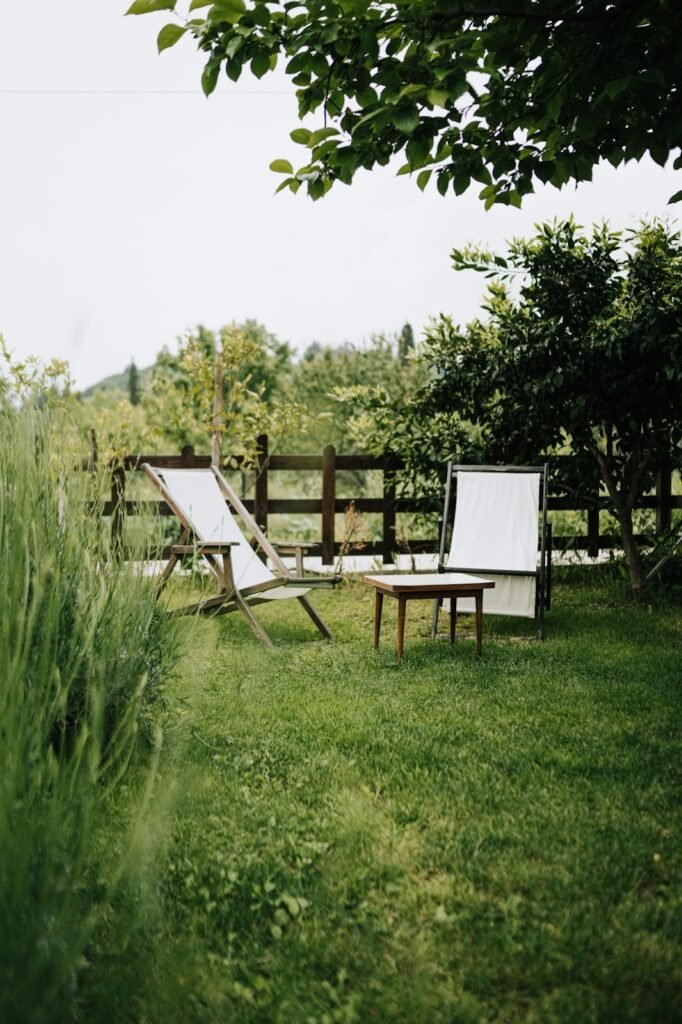
Soil in Your Garden
If you’re planning a garden directly in the ground, your soil may need some help. Dig up a small area, grab some soil and try to form it into a small ball in your hand. If it sticks together completely with no movement, you likely have clay soil. You may have sandy soil if it completely crumbles. If it mostly stays together but crumbles a bit you likely have silt.
Ideally your soil is closest to silt since that allows for moisture and nutrient retention but also proper drainage. If it’s leaning towards clay or sand, compost is your friend. Your best bet is to add compost to the soil for several seasons to improve the growing conditions. Sowing a cover crop, such as buckwheat, in the off season can also improve your soil.
Using a soil test kit is also a good way to see what the ratio is of the major garden nutrients, N, P, and K. Nitrogen (N) helps with healthy leaf growth. Phosphorus (P) assists with root, flower and fruit development. Potassium (K) affects overall health and vigor of the plant. These nutrients can mostly be managed with regular compost applications, but it can be good to see what you’re starting with when planning a new garden space. If you’re growing in raised beds or containers you have more control over the soil. In these spaces, compost and cover crops are still important but starting with a good growing mix will give you a major leg up.
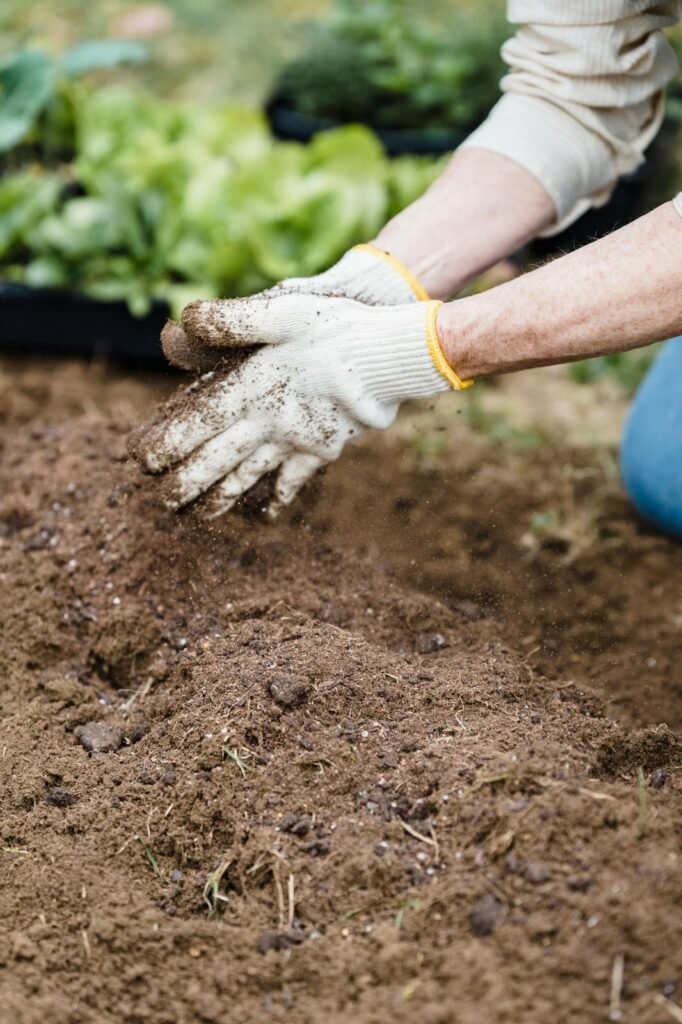
Space to Grow
The space you have has a direct affect on what you can grow. You may want an in the ground garden but perhaps you don’t have a large open area in direct sun. Don’t be discouraged, however; you can often find growing space if you pay close attention. Look around for sunny spots and note where they are throughout the day. Could you add some edibles to your front garden beds? Is there a narrow strip of lawn next to your driveway that could be converted to growing space? Do you have room next to your patio or deck to incorporate a few raised beds or containers?
Don’t be afraid to get creative with where you grow if you don’t have space for a traditional looking garden. Try marking out with flagging, rope or even a garden hose what the shape of the garden bed will be. Step back and look at it from different locations in your yard. See what looks good and flows well with your existing landscape. Once you have your growing spaces identified, then you can plan for how many plants you can fit.
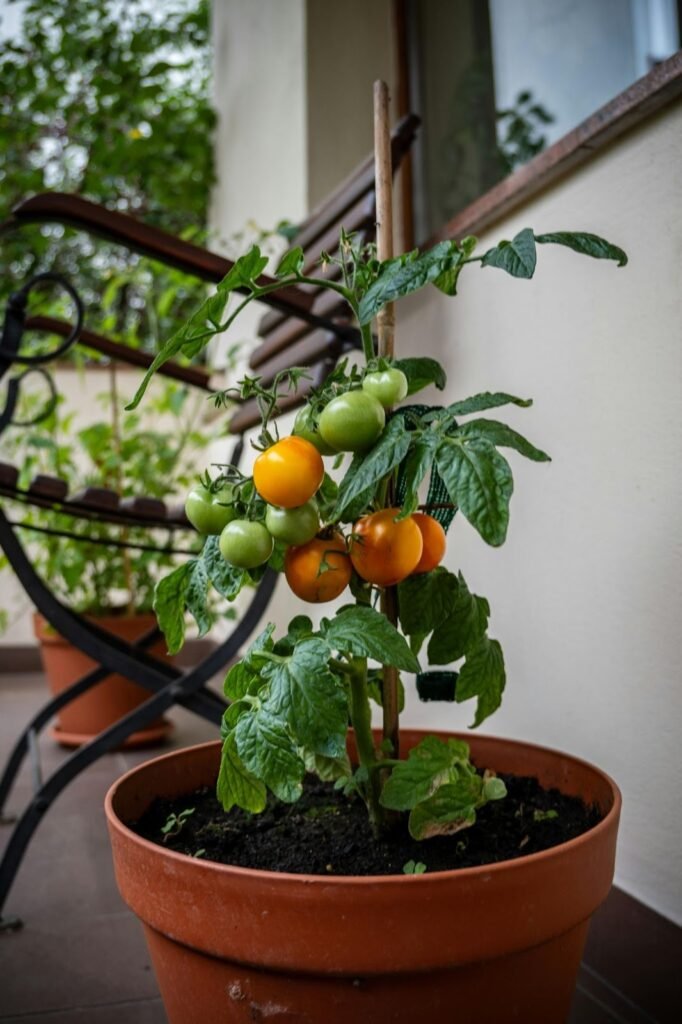
Water Access for Plants
Lastly, consider what access you have to water. If you’re planning a large garden and your only water is a spigot several hundred yards away, you’ll want to consider how you’ll get that water to the garden. Lugging multiple rounds of watering cans gets old quickly and isn’t an efficient way to water. Ideally, you will want a hose to reach the garden to allow for hand watering and regular deep soakings from a sprinkler hooked up to a hose.
In the height of summer heat, having a sprinkler on a timer to water early in the morning can help get consistent water to your plants at the ideal time without you standing out there for 45 minutes. Irrigation lines are another option and there are some good diy options available. This set up helps get the water directly to the roots instead of sitting on the leaves, which can lead to disease.
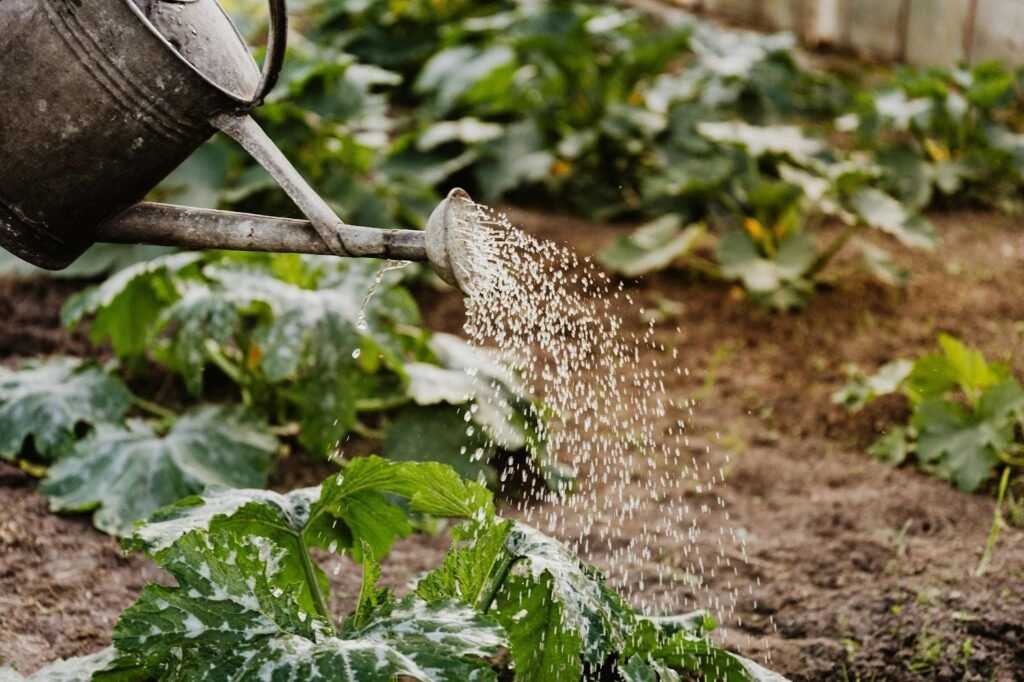
Considering where you have sun and growing space will give you a good sense of where to site a garden. Factoring in soil type and access to water will also help you find a good spot. Once those steps are complete, you’re through one of the biggest parts of planning a garden for beginners. Next up, we’ll be talking about plants. So get ready to make your list and get busy shopping at a local garden center!




